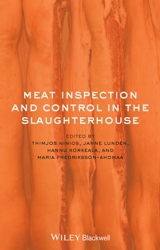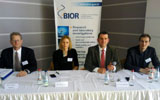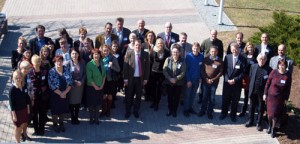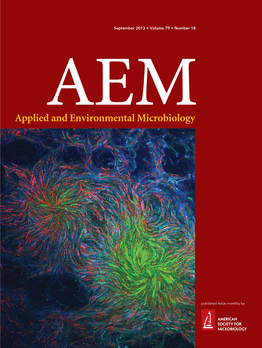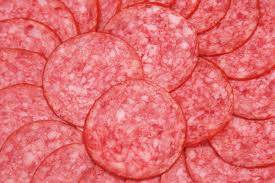 Human noroviruses (HuNoVs) are a leading cause of foodborne gastroenteritis worldwide and spread easily among humans via the faecal-oral route. A low infective dose, a high viral load in the vomit and faeces of infected persons, a lack of long-term immunity following previous infection, and a high environmental stability of the viruses all enhance the spreading of HuNoV in the population.
Human noroviruses (HuNoVs) are a leading cause of foodborne gastroenteritis worldwide and spread easily among humans via the faecal-oral route. A low infective dose, a high viral load in the vomit and faeces of infected persons, a lack of long-term immunity following previous infection, and a high environmental stability of the viruses all enhance the spreading of HuNoV in the population.
The aim of this doctoral thesis is to investigate the prevalence of HuNoVs on environmental surfaces and to observe and measure virus transfer during manual food preparation. A method for the detection of HuNoV is optimized and used in the laboratory and also in field studies, both in a resort and in food preparation premises. Finally, ultraviolet light irradiation (UV) is tested as a means to inactivate the HuNoVs from environmental surfaces.
HuNoV and its surrogate murine norovirus (MuNoV) were detected from environmental surfaces by swabbing, after which the viruses were eluted from the swabs and their genomes were extracted by a commercial kit. HuNoV and MuNoV genomes were detected using reverse transcription quantitative polymerase chain reaction (RT-QPCR) method using specific primers and probes. The effects of UV on the viruses were investigated both by viability assays (MuNoV) and by RT-QPCR (MuNoV and HuNoV). An enzymatic pre-PCR treatment was conducted before RT-QPCR detection to distinguish infective viruses from non-infective viruses.
Out of the four swab materials tested for swabbing HuNoV on surfaces, the recovery rates of the viruses were highest for swabs made of microfiber and polyester. When stored at 4⁰C, HuNoV persisted well in swabs, whereas at 22⁰C, viruses persisted better on swabs moistened by phosphate buffered saline (PBS, pH 7.2) than by glycine buffer pH 9.5.
HuNoV and MuNoV transferred easily from the hands to the gloves when gloving. The viruses were also repeatedly transferred to the first recipient surface (left hand, cucumber, and knife) during the sandwich preparation process. Virus-contaminated gloves were estimated to spread HuNoV to the food servings more efficiently than a single contaminated cucumber can during handling.
In a resort, where a gastroenteritis outbreak had taken place, HuNoV was detected in 10/36 swabs (27.8%) taken from environmental surfaces and further genotyped as a new variant, GII.4 Sydney_2012. In the field study that was conducted in three food-processing companies with no recently reported outbreaks of gastroenteritis, 5/90 swabs (5.6%) in 2010, 4/168 swabs (2.4%) in 2011, and 7/82 swabs (8.5%) in 2012 were found to be HuNoV GII-positive. The positives were detected in a production line and from the food handlers break room and restroom areas.
UV was observed as a potential inactivation method for HuNoV: a loss of infectivity and a 4 log10 reduction of HuNoV surrogate MuNoV were observed when the virus-containing surfaces were exposed to UV dose of 60 mJ/cm2 or higher. Methods based on genome detection seemed to overestimate HuNoV persistence even when samples were pre-treated before the RT-QPCR was conducted.
As seen in the studies included in the thesis, HuNoV is transmitted very easily from hands to food and environmental surfaces. Proper hand hygiene combined with effective measures to inactivate HuNoV from surfaces, such as UV, is needed to manage the transmission of the virus. Adequate monitoring of the environment for virus contamination in potential fountainheads of gastroenteritis outbreaks, such as in hospitals and restaurants serving RTE foods, could prevent or restrict HuNoV outbreaks.
DVM Maria Rönnqvist will defend her doctoral dissertation entitled “Noroviruses on surfaces: Detection, transfer and inactivation” in the Faculty of Veterinary Medicine, University of Helsinki, on Friday 24th October 2014 at 12. The public examination will take place at the Walter Hall, EE Building, Agnes Sjöbergin katu 2, Helsinki.
Docent Veli-Jukka Anttila, will serve as the opponent, and Professor Marja-Liisa Hänninen as the custos.
